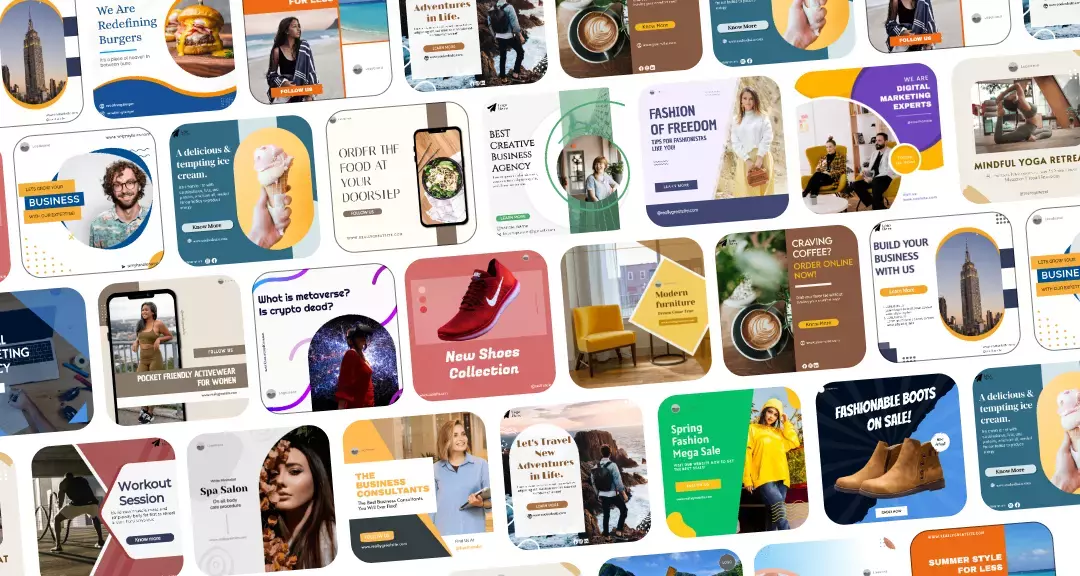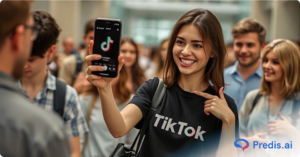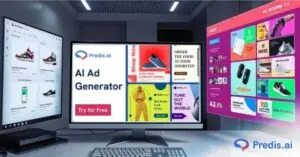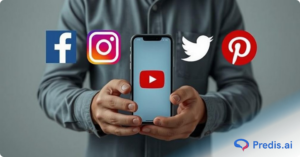User-Generated Content, or UGC, is any content videos, photos, reviews, or social media posts created by people rather than brands. It’s authentic, relatable, and highly influential in shaping consumer decisions.
In recent years, brands have recognized the power of UGC, making UGC creators one of the most in-demand roles in digital marketing. From Instagram reels to TikTok videos, companies are constantly looking for creators who can produce content that feels real and engaging.
Here’s the exciting part: becoming a UGC creator doesn’t have to start with expert-level skills. You can either build your creative abilities step by step, or jump right in using tools like Predis that help you produce professional content even if you’re just starting out.
TL;DR 🖋
UGC (User-Generated Content) is authentic, relatable content created by real users that brands use to engage audiences. Becoming a UGC creator is in high demand, and you can start either by building skills or using AI tools like Predis.ai.
Key Points & Skills:
- Content Creation: Photography, videography, and framing.
- Editing Skills: Video/photo editing and writing engaging captions.
- Creativity & Storytelling: Craft relatable and emotional content.
- Platform Knowledge: TikTok, Instagram, YouTube Shorts, Pinterest.
- Brand Understanding: Align content with brand voice.
- Additional Skills: Trend spotting, communication, analytics, authenticity, consistency.
What Does a UGC Creator Do?
A UGC (User-Generated Content) creator is someone who produces content that reflects real experiences, opinions, or stories—content that brands can use to connect with their audience authentically. Unlike traditional advertising, UGC feels personal and relatable, making it highly effective for engagement.
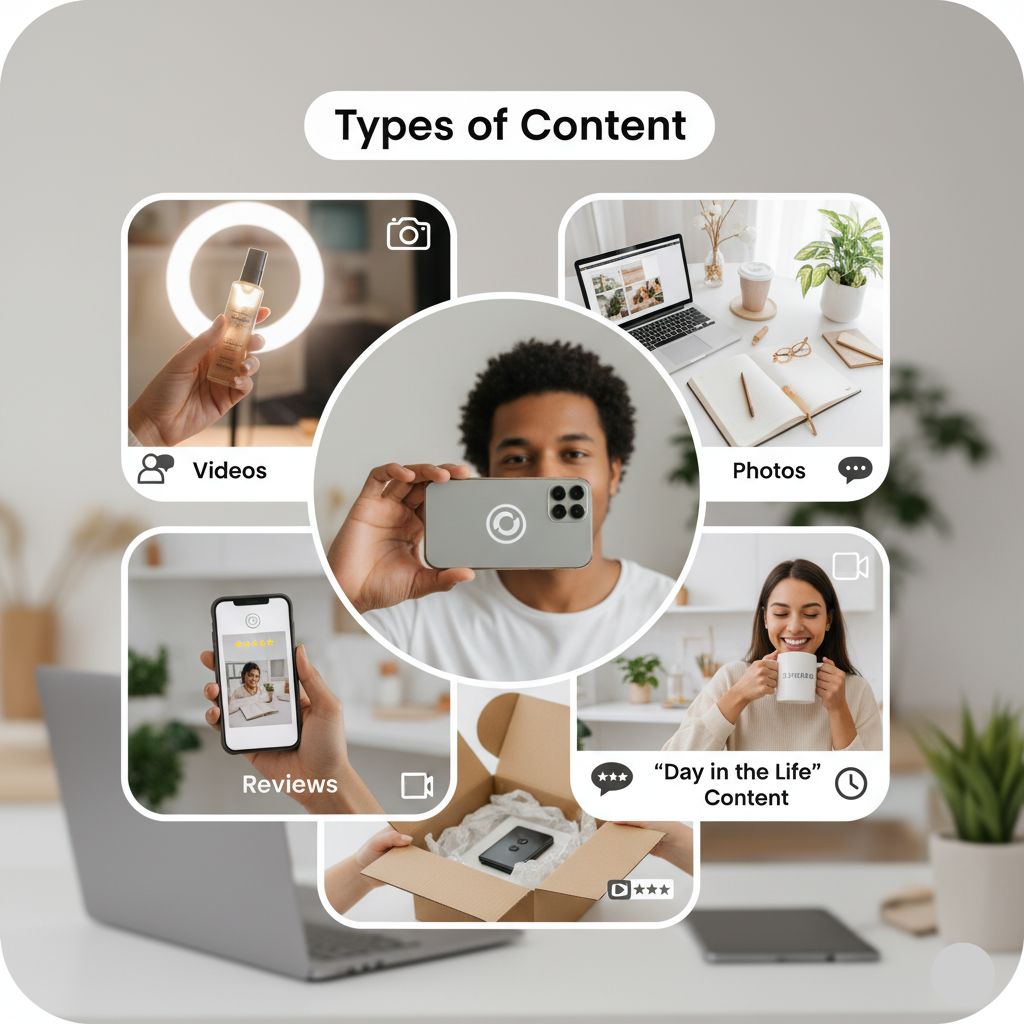
Types of Content UGC Creators Produce:
- Videos: Short-form clips, tutorials, or creative storytelling.
- Photos: Product shots, lifestyle images, or behind-the-scenes glimpses.
- Reviews: Honest feedback on products or services.
- “Day in the Life” Content: Personal experiences that highlight a brand naturally.
- Unboxing & Testimonials: Showing products in action and sharing authentic opinions.
Why Brands Value UGC:
Brands use UGC because it builds trust and boosts engagement. People are more likely to respond to content created by real users than polished advertisements. This makes UGC creators key partners for marketing campaigns, social media growth, and building brand credibility.
How To Become A UGC Creator: Essential Skills
Becoming a successful UGC creator isn’t just about pointing a camera and posting content—it’s about blending creativity, strategy, and technical know-how to craft content that brands and audiences connect with. Here’s a comprehensive look at the skills you need:
1. Content Creation (Photography & Videography Basics)
You don’t need a professional studio—most successful UGC creators start with a smartphone. What matters is knowing framing, lighting, and composition. For example, Glossier built a multi-million-dollar brand largely through Instagram UGC featuring real users in natural, relatable settings. Understanding how to make simple shots look polished can dramatically increase your value to brands.
2. Editing Skills (Photo, Video, and Captions)
Editing is where raw content transforms into scroll-stopping media. Simple tools like Canva, CapCut, or Adobe Express can elevate your visuals. Top brands like Nike use UGC videos in their campaigns that are edited to highlight real stories with emotion, showing how even minimal editing can have a huge impact. Writing captions that complement visuals is equally important, as it drives engagement and tells a story in a few lines.
3. Creativity & Storytelling
Brands don’t just want content, they want a story. UGC creators who can craft relatable narratives make brands feel human. For instance, Airbnb encourages users to share “living like a local” experiences, turning authentic guest stories into marketing gold. The ability to create mini-stories in seconds is a highly sought-after skill.
4. Platform Knowledge
Each social platform has unique content norms: TikTok thrives on short, punchy videos; Instagram favors visually appealing posts and reels; Pinterest is ideal for inspirational visuals and tutorials; YouTube Shorts works well for engaging quick tutorials or tips. Knowing what works where is key. Successful UGC creators study trends, hashtags, and platform algorithms to increase reach.
5. Brand Understanding & Alignment
Understanding a brand’s voice, values, and audience ensures your content feels authentic rather than forced. For example, Sephora frequently uses UGC that mirrors the brand’s inclusive and fun tone, from makeup tutorials to product reviews. Aligning with brand identity helps your content get noticed and shared.
6. Research & Trend Spotting
UGC creators must know what’s trending in their niche. Following popular hashtags, monitoring competitor content, and using trend analysis tools helps creators produce relevant content that resonates. Fashion brands like Zara and H&M leverage UGC trends to amplify seasonal campaigns.
7. Communication & Collaboration
Working with brands requires clear communication. Understanding briefs, giving feedback, and collaborating with marketing teams ensures content meets objectives. Top creators often become long-term brand partners because they can communicate ideas effectively and adapt quickly.
8. Authenticity & Engagement Skills
UGC works because it’s authentic. The ability to engage your audience naturally, reply to comments, and encourage interaction makes your content valuable. For example, Daniel Wellington watches how creators feature their watches in everyday life rather than staged ads, building authentic connection through UGC.
9. Analytics & Optimization
A successful UGC creator knows which posts perform and why. Understanding basic analytics views, likes, shares, CTR helps you optimize future content. Brands love creators who not only produce content but can also interpret performance and tweak strategies.
10. Adaptability & Consistency
Social media trends change fast. A UGC creator must adapt to new tools, formats, and trends while consistently producing content. This is why creators who stay relevant and consistent, like those working with Red Bull or Starbucks campaigns, maintain long-term opportunities.
Real-World Impact:
- These skills aren’t theoretical, they directly affect a brand’s success.
- Glossier, Daniel Wellington, Sephora, Nike, and Airbnb all rely heavily on UGC to create trust, increase engagement, and drive sales.
- Brands are willing to pay creators who can produce consistent, relatable, and visually appealing content that aligns with their goals.
How To Become A UGC Creator Without Prior Skills?
Here’s the thing: you don’t need to be a pro photographer, editor, or storyteller to start creating UGC. Tools like Predis.ai have made it possible for anyone to jump in and produce high-quality, engaging content from day one.
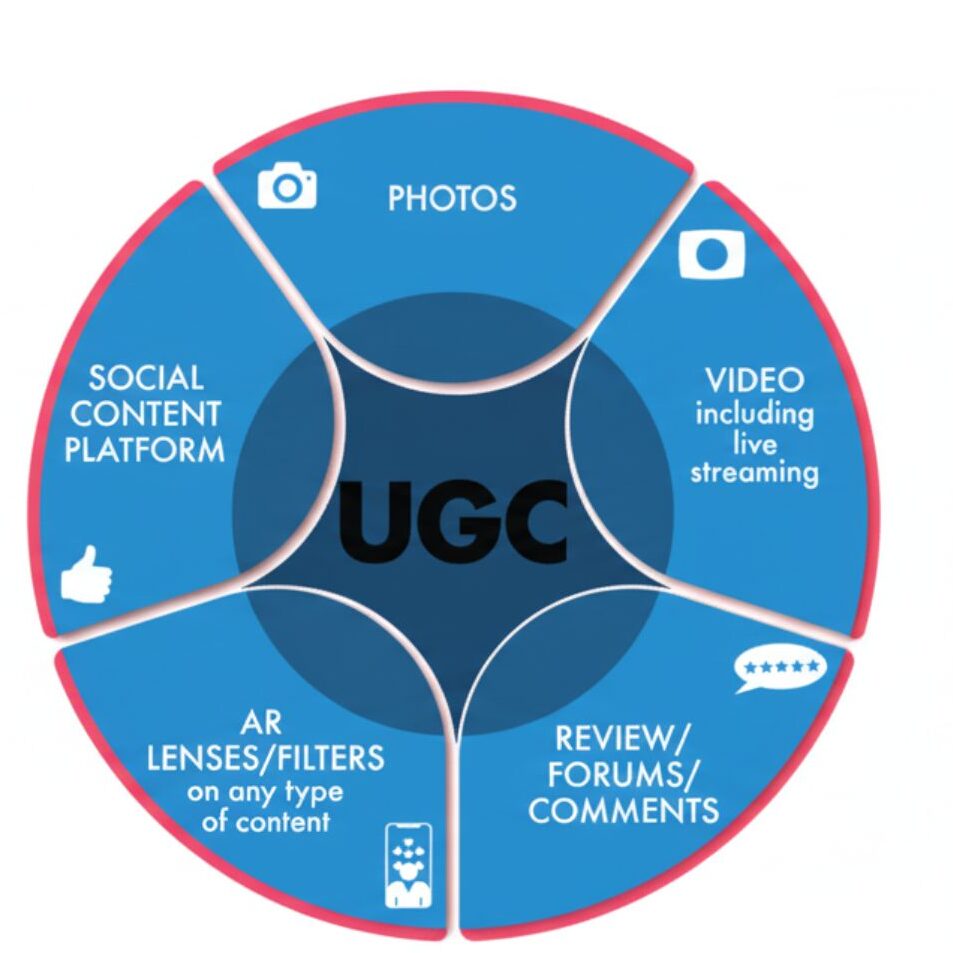
1. Using Predis.ai to Simplify Content Creation
Predis.ai offers ready-to-use templates, automated content suggestions, and AI-powered editing tools. This means you can focus on sharing your perspective and creativity, while the platform handles formatting, video trimming, captions, and even hashtags. Beginners can quickly create content that looks polished and professional, without years of training.
2. Automation and Templates for Quick UGC Production
Time is a huge factor for new creators. Predis.ai allows you to generate multiple variations of a post in minutes, schedule content, and even adapt a single idea for different platforms. This helps you stay consistent a key factor for attracting brands—without needing advanced technical skills.
3. Real-World Example: Getting Started as a Beginner
Imagine you’re a college student interested in skincare. Using Predis.ai, you can:
- Create a short “morning routine” reel using a ready-made template.
- Add captions and music with a few clicks.
- Post directly to Instagram or TikTok.
Within days, your content could attract engagement from skincare brands or small businesses looking for authentic creators. Many successful UGC creators started exactly this way, relying on tools to overcome initial skill gaps.
4. Creativity and Consistency Matter More Than Technical Expertise
Here’s what brands actually care about: authenticity and consistency. Even if your editing skills aren’t perfect, content that feels real, relatable, and consistently posted will get noticed. Tools like Predis.ai remove technical barriers so you can focus on sharing your voice and ideas—exactly what makes UGC valuable.
Platforms and Opportunities for UGC Creators
Once you’re ready to create content, the next step is sharing it on the right platforms and finding opportunities to collaborate with brands.
1. Best Platforms to Showcase UGC
- TikTok: Perfect for short, creative, and viral content. Brands often look for TikTok creators who can produce authentic, trend-based videos.
- Instagram: Ideal for reels, stories, and carousel posts. Lifestyle, beauty, and fitness brands particularly value Instagram UGC.
- YouTube Shorts: Great for quick tutorials, product demos, or “day-in-the-life” content. Shorts can reach millions even with a small following if content is engaging.
Other platforms like Pinterest (for tutorials or inspirational content) and LinkedIn (for professional or niche B2B UGC) can also be valuable depending on your niche.
2. How to Approach Brands and Start Earning
- Direct Outreach: Slide into brand DMs with a clear pitch and examples of your work. Keep it short, personalized, and professional.
- Influencer Platforms: Platforms like AspireIQ, Upfluence, or CreatorIQ connect creators with brands actively looking for UGC.
- Collaborations: Start with smaller brands or local businesses to build a portfolio and credibility. Often, these relationships grow into long-term partnerships.
3. Payment Models for UGC Creators
- Per Post: Brands pay for individual pieces of content. Ideal for creators starting out.
- Per Campaign: Larger projects where a set number of posts or videos are produced for a specific campaign.
- Freelance Contracts: Ongoing collaborations with consistent work, often with guaranteed payment and deliverables.
Conclusion
Becoming a UGC creator can follow two paths: you can build your skills step by step learning photography, editing, storytelling, and brand alignment or you can start immediately using tools like Predis.ai that simplify content creation and help you produce professional-quality content without prior expertise.
The key is to start small and experiment. Try different content formats, explore trends, and see what resonates with your audience. The more you create, the better you’ll understand what works and how to attract brands.
Your UGC journey doesn’t need to wait for perfect skills or expensive equipment. Begin today, stay consistent, and let your creativity lead the way. The opportunities are ready your first post could be the start of a thriving creator career.
